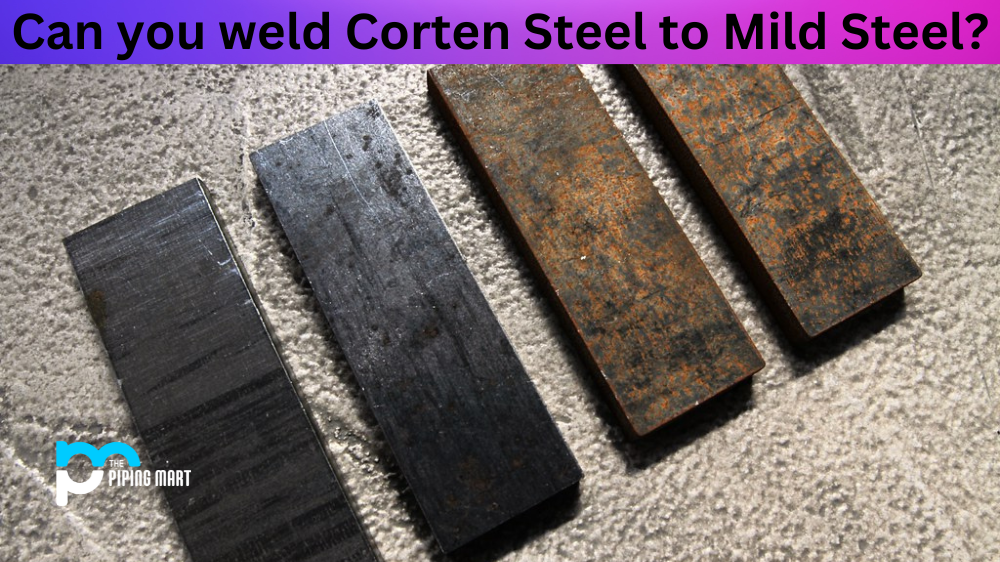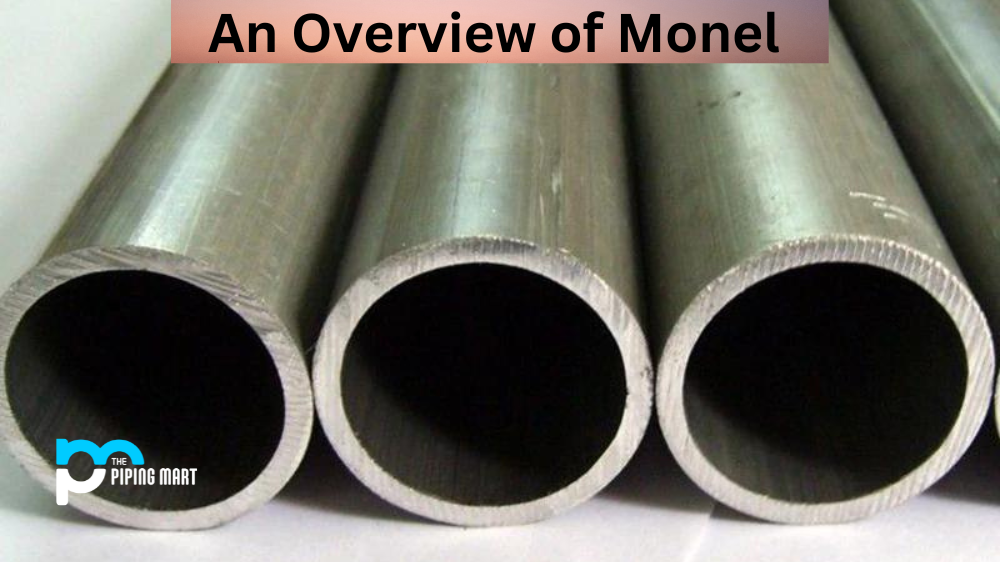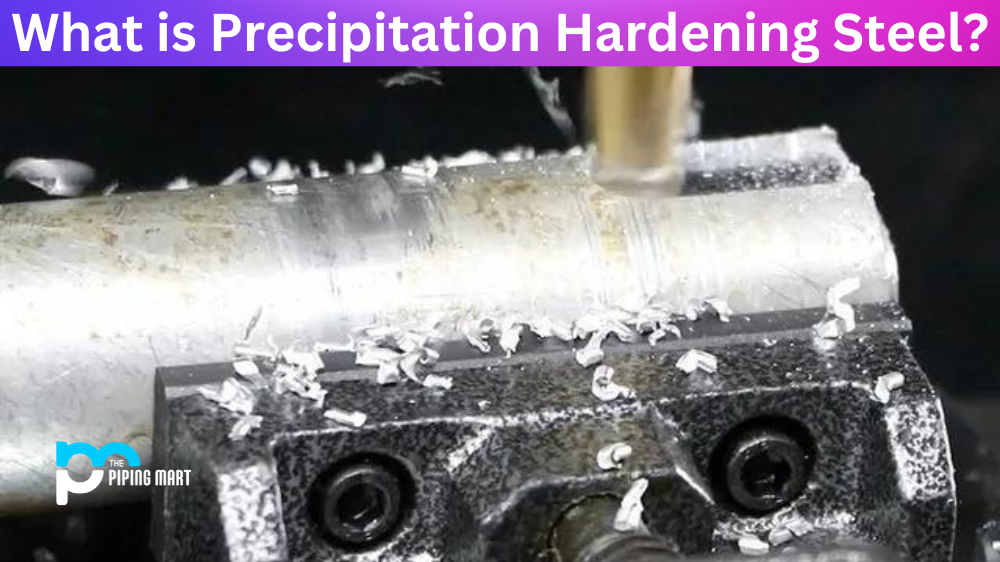Brazing is a process used to join two metals together by applying heat and filler metal. The filler metal melts at a lower temperature than the material it joins, creating a strong bond between the two pieces. But can you braze aluminum to copper? The answer is yes, but there are certain steps that must be taken in order for the brazing process to be successful.
Process of Brazing Aluminum to Copper
Brazing aluminum to copper requires special consideration because of their different properties. Copper has a melting point of 1083°C (1981°F) and aluminum has a melting point of 660°C (1220°F). To ensure that only the filler metal melts, not the base metals, one must use an appropriate flux and braze alloy. Flux helps prevent oxidation on the surfaces and also assists in cleaning them as well. An appropriate braze alloy should have a melting range between 850-900°C (1562-1652°F).
It’s important that all components are clean when brazing aluminum and copper together. If the surface is not clean, then oxides will form on the surface, preventing proper adhesion of the brazed joint. The best way to clean both materials is with an abrasive brush or sandpaper prior to heating them up for brazing. This will remove any dirt or debris from the surfaces and ensure that they are properly prepared for brazing. After cleaning, it’s important to apply flux before heating up both pieces of metal so they can be joined together properly without oxidizing or contaminating each other. Flux also helps facilitate better heat transfer between components during brazing, which is essential for successful bonding.
Select the Appropriate Brazing Alloy
The first step in brazing aluminum to copper is to select the appropriate brazing alloy. There are a variety of alloys available, and the best choice will depend on the application. For most applications, an aluminum-based alloy is recommended.
Clean the Surfaces to Be Joined
The next step is to clean the surfaces to be joined. This is important in order to ensure a strong bond between the aluminum and copper. The surfaces can be cleaned with a variety of methods, including sandblasting, chemical cleaning, or ultrasonic cleaning.
Apply Flux to the Surfaces
After the surfaces have been cleaned, flux must be applied in order to prevent oxidation during the brazing process. There are a variety of fluxes available, and the best choice will depend on the application. For most applications, an active flux is recommended.
Join the Pieces Together
Once the surfaces have been prepared, the pieces can be joined together using a variety of methods, including welding, brazing, or soldering. For most applications, brazing is recommended.
Clean Up Any Flux Residue
After the brazing process is complete, it is important to clean up any flux residue that may be present on the surface of the joint. This can be done with a brush or cloth soaked in water or alcohol.
Conclusion:
Brazing aluminum and copper together can be done successfully if proper procedures are followed. It’s important to use an appropriate flux and braze alloy with a melting range between 850-900°C (1562-1652°F). Additionally, all components should be thoroughly cleaned prior to heating them up for brazing in order to prevent oxidation on their surfaces and contamination between them; this will help create a stronger bond once they are joined together through brazing. With these tips in mind, you’re sure to achieve success when joining aluminum and copper together!




